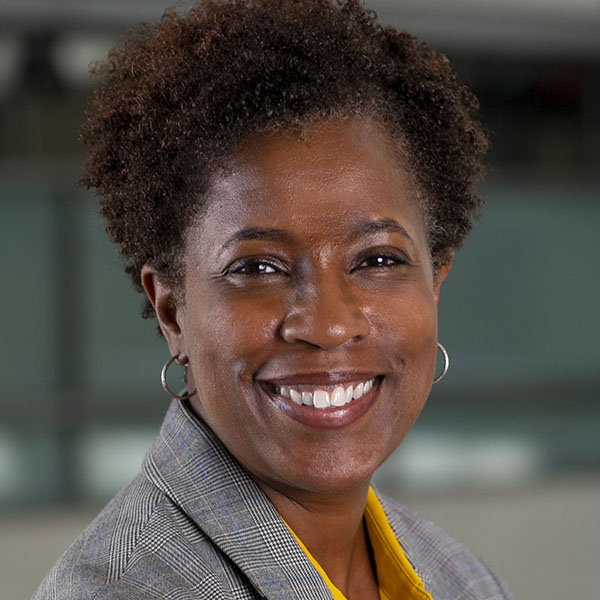I check it several times a day to see how close I am to reaching my 10,000-step goal. Recently, I went away on a business trip and accidently left my tracker at home. By the end of that first day, a close friend, who also uses the same tracker, e-mailed me asking, “What’s wrong? Aren’t you walking today?” For me, it is that combination of technology and the personal relationship that keeps me focused on my fitness goals, and the articles in this issue of Cascade illustrate how both strategies can be effective in helping people manage their financial goals.
Mobile tools are increasingly being developed and used to encourage people to save and manage their money more effectively. Across the country and around the world, technologists and financial capability experts are creating innovative products and services that can help individuals better monitor their spending and credit scores, as well as set goals and track behaviors. These innovations reflect the broader trend of mobile device usage and may help address some of the challenges associated with access to financial products and services.
While there is certainly a growth in the number of financial apps and other mobile tools, the use of financial coaches and mentors is also growing. Our opening article on youth aging out of foster care is an enlightening look at the financial lives of this population. As noted by researchers, young people aging out of foster care “have a very small margin for error for managing their financial lives. …” As young adults, they can find themselves without a home, family, and financial supports. In an evaluation of a program that provides these young people with financial incentives and savings products, it was found that the most critical ingredient for the financial success of young people was “having at least one reliable and informed adult in their life to help them navigate decisions that have financial implications.” The mentor made the difference.
Consumers have access to a range of resources to help them improve their financial knowledge and behaviors — from online tools and apps to financial counseling and coaching. While these technology-based and human-centered approaches come with trade-offs related to cost, efficiency, and personalization, they can be used to meet specific needs in a person’s financial life cycle. The articles in this issue of Cascade provide some insight as to how these tools are being integrated into programs to benefit consumers.

